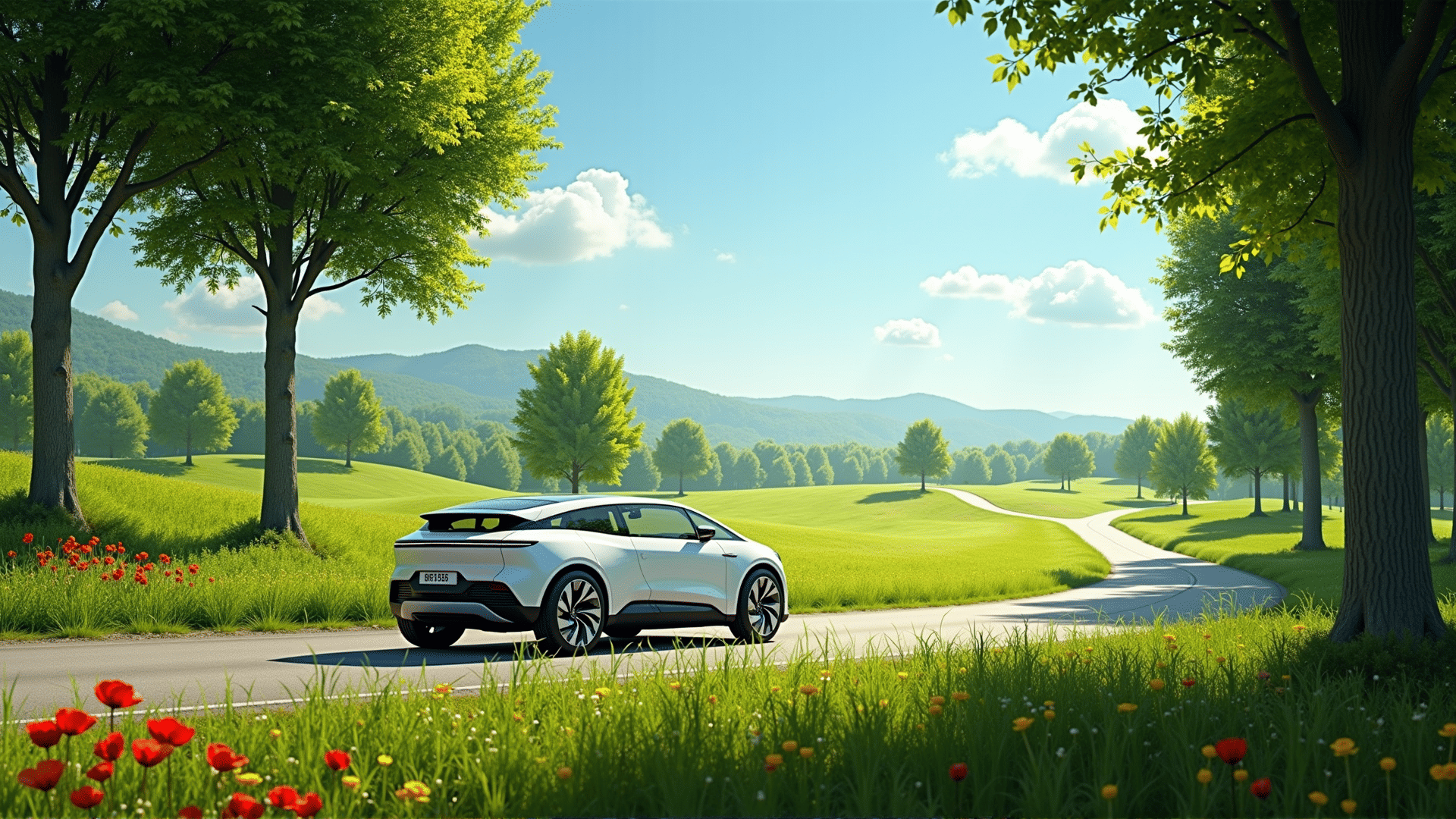In today's rapidly evolving world, sustainability has emerged as a cardinal principle guiding innovation and creativity, particularly in the realm of design. Our commitment to sustainability is more than just a trend; it is an inherent responsibility that shapes every facet of our creative processes. By integrating ecological considerations into our designs, we aim to create not only functional and aesthetic products but also ones that contribute positively to the planet's health.
Sustainable design is anchored in the concept of meeting present needs without compromising the ability of future generations to meet theirs. This ethos drives us to constantly examine the lifecycle of our products, from initial conception through consumption and eventual disposal. In doing so, we focus on minimizing environmental impact, conserving resources, and reducing waste.
One of the cornerstones of our sustainability commitment is the use of eco-friendly materials. We prioritize sourcing raw materials that are renewable, recyclable, or reclaimed. By choosing materials such as bamboo, recycled metals, and organic textiles, we ensure that our designs have a reduced carbon footprint. This selection process not only helps conserve natural resources but also fosters innovation as we explore new and unconventional materials that challenge traditional design paradigms.
Moreover, we emphasize energy-efficient production processes. By incorporating technologies that reduce energy consumption and emissions, we strive to lessen the environmental impact of manufacturing. For instance, precision engineering and digital fabrication techniques allow for precise material usage, reducing waste and optimizing resource efficiency. This attention to detail underscores our commitment to innovation, as we continually seek to refine and improve upon established methods.
Our commitment to sustainability extends beyond the physical products to include their functionality and longevity. We believe that a truly sustainable design is one that stands the test of time, both in terms of durability and relevance. By designing products that are versatile and adaptable, we ensure they can evolve with changing needs and preferences, thereby reducing the frequency of replacement and disposal.
Equally important is the consideration of end-of-life solutions for our products. We design with the intent that our products can be easily disassembled and recycled, or responsibly disposed of. This circular approach helps close the loop on resource use, ensuring that materials can be reclaimed and reused in new creations.
Collaboration plays a crucial role in our sustainable design philosophy. We work closely with environmental experts, material scientists, and other stakeholders to continuously improve our understanding of ecological impacts and innovate new solutions. This collaborative spirit extends to our consumers, whom we engage through education and awareness initiatives, fostering a community that values and supports sustainable practices.
Sustainability in design is a holistic approach that requires balancing ecology, economy, and social responsibility. By prioritizing ecological integrity and innovation, we are not only contributing to a healthier planet but also inspiring a shift in mindset towards more mindful consumption. As we continue our journey, we remain steadfast in our commitment to creating designs that are not only beautiful and functional but also remarkably sustainable. Through this dedication, we aim to set new benchmarks in the design industry, leading by example and paving the way for a more sustainable future.
